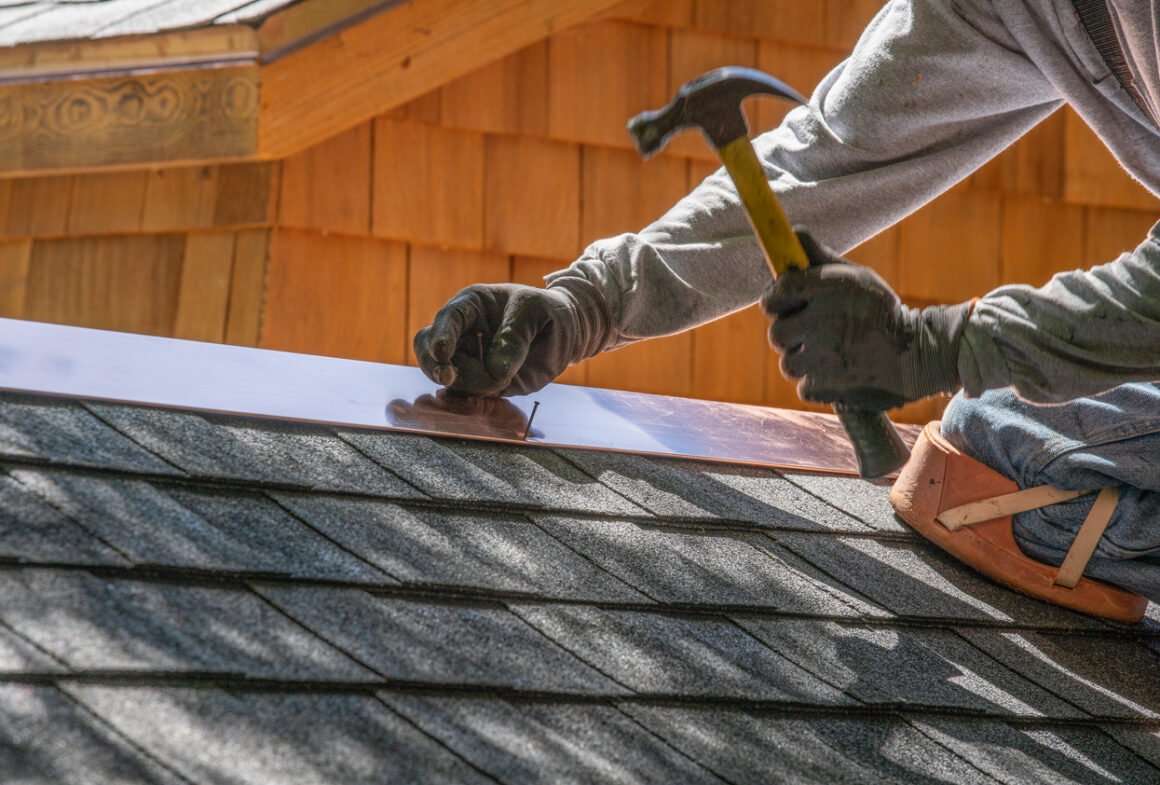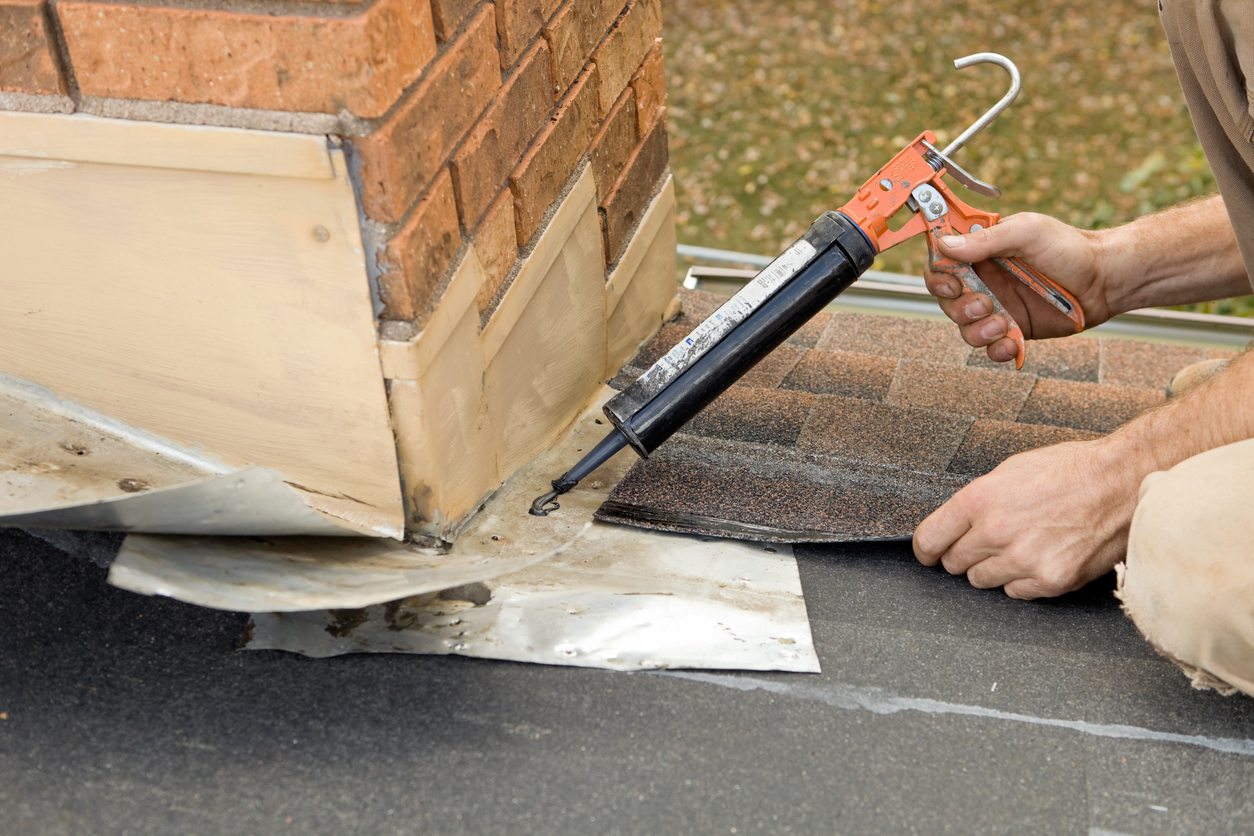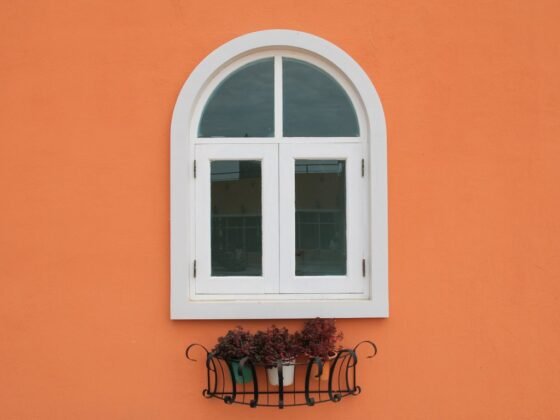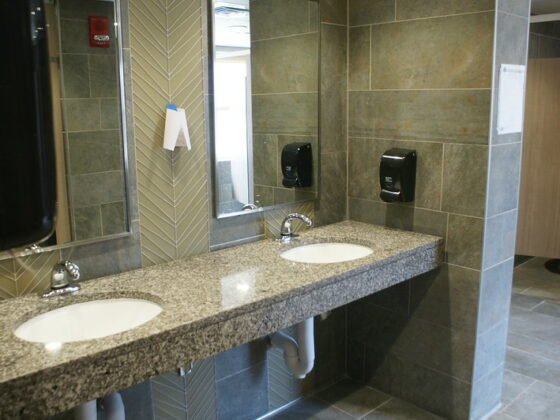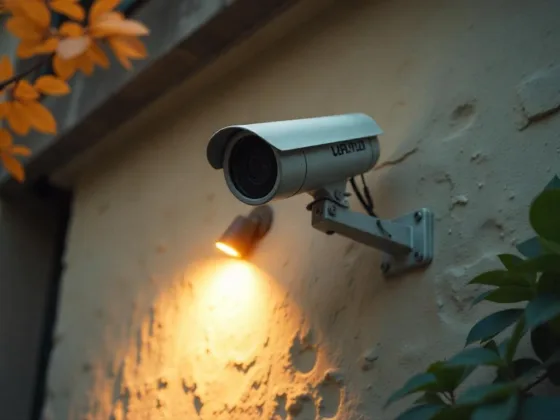Table of Contents Show
Your roof flashing is an important part of your roofing system. Without it, your home is open to many dangers, including water damage, mold, and mildew. So when the moment arrives that you have to replace it, you do it.
Therefore, understanding the different factors that impact the cost of roof flashing replacement is important when the moment arrives.
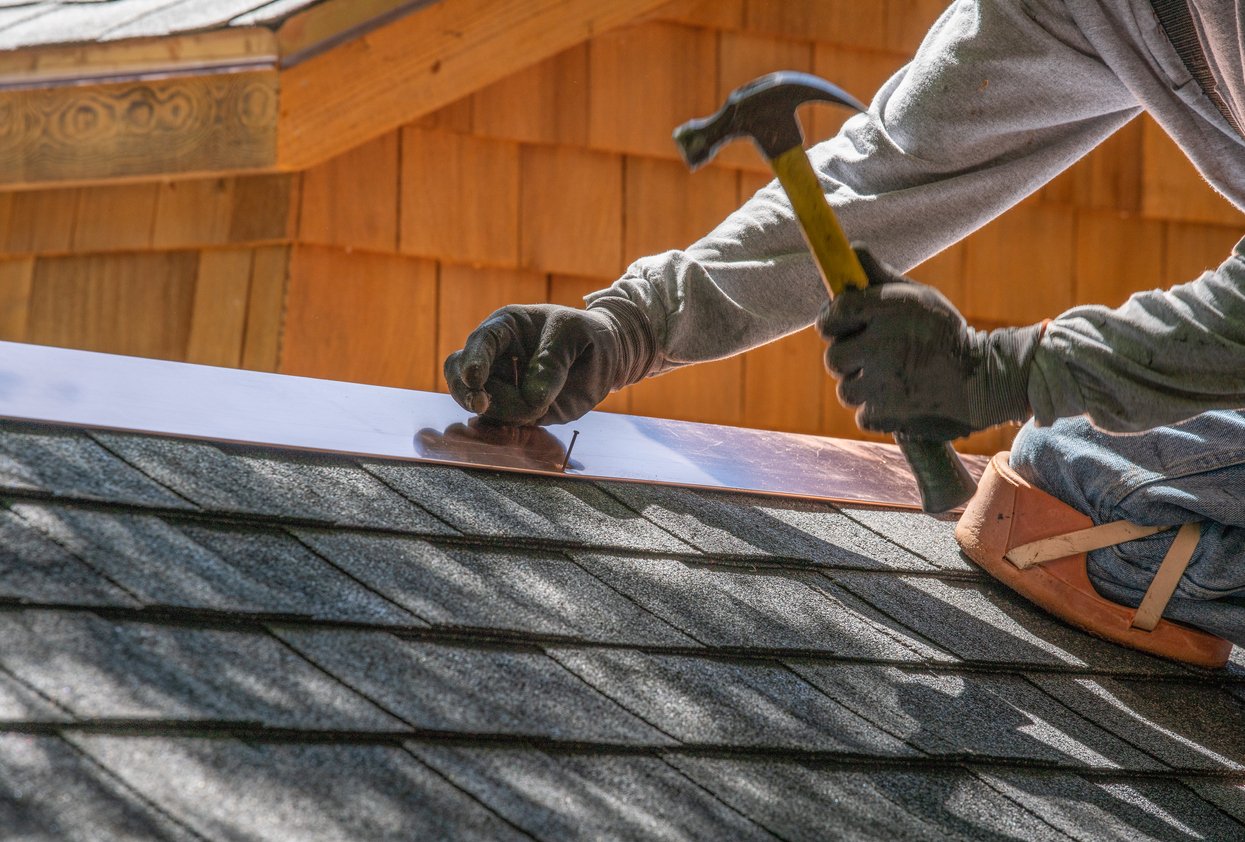
Your Guide to Roofing Flashing Costs
What is Roof Flashing?
In layman’s terms, roof flashing is a thin piece of metal sheet used to deter water from entering the roof and causing damage to the home.
The flashing should be installed in certain places in the roof, including where the shingles meet a wall, where two slopes meet (known as valleys), and on the edge of the roof. Other sections include skylights, chimneys, and vents.
Read Also:
Signs You Need to Replace Your Roof Siding
There are a few signs that indicate that your flashing might be damaged:
- A leaking roof, including ceilings and walls
- Extensive water damage, including wood rotting
- Water stains and paint bubbling on the walls and ceilings
- Mold on the fascia and soffit on the roof
- Worn or damaged shingles
While these are some of the clear signs that you need to replace your flashing, the best course of action is to get a roofing inspection to assess the quality and condition of your roofing system.
What Impacts the Cost of Roof Flashing?
There are several factors that might affect the final cost of the flashing replacement:
- The length of the flashing. SImple mathematics here: the more you need, the more it will cost you to replace it.
- The type of flashing material used. Galvanized steel, aluminum, roofing felt, copper, rubber, and plastic (PVC) are the most common materials available. However, prices will vary on the material due to their quality. For example, copper is more expensive than plastic because it is more durable and long-lasting.
- The scope of the damage. The more damaged the roof, the more extensive the labor required to repair or replace it.
- The location of the replacement. Certain spots on the roof might cost more than others. Valleys, for example, would cost more than connections on the wall because of the depth and complexity of the replacement.
- The labor hire. While you can DIY the roof flashing, in many cases, the difficulties with replacing it mean you’ll have to hire a roofing company to do it (https://hubbardexteriors.com/). That will set you back in labor costs.
What’s the Average Price of Roof Flashing?
It can be difficult to determine the final cost of a roof flashing replacement project without speaking to a roofer, who can provide you with a solid estimate based on your roof, scope of the project, and damage.
However, it is good to have an idea of what the cost might be. Our research shows the following prices when it comes to roof flashing replacement:
- According to Home Advisor, “repairing flashing costs $10 to $20.”
- Home Serve offers similar prices, stating that a “flashing replacement costs $20, DIY; $15-$25 per linear foot, professional.”
- Roofing Calc mentions different pricing completely, based on the location of the installation. They say that “flashing material for valleys costs around $25-$75 for a ten ft. piece” and “flashing material for a chimney costs about $25-$95.”
- My Builder states that “roof flashing repair costs to replace a meter or so of flashing will cost between £100 ($150 CAD) and £250 ($287 CAD)”, which includes the labor hire.
As mentioned above, the best way to determine the cost of replacing your roof flashing is to speak to a roofing company. They will be able to assess your roof, determine the scope of the damage, how much siding you need, and provide you with an estimate of the cost.
